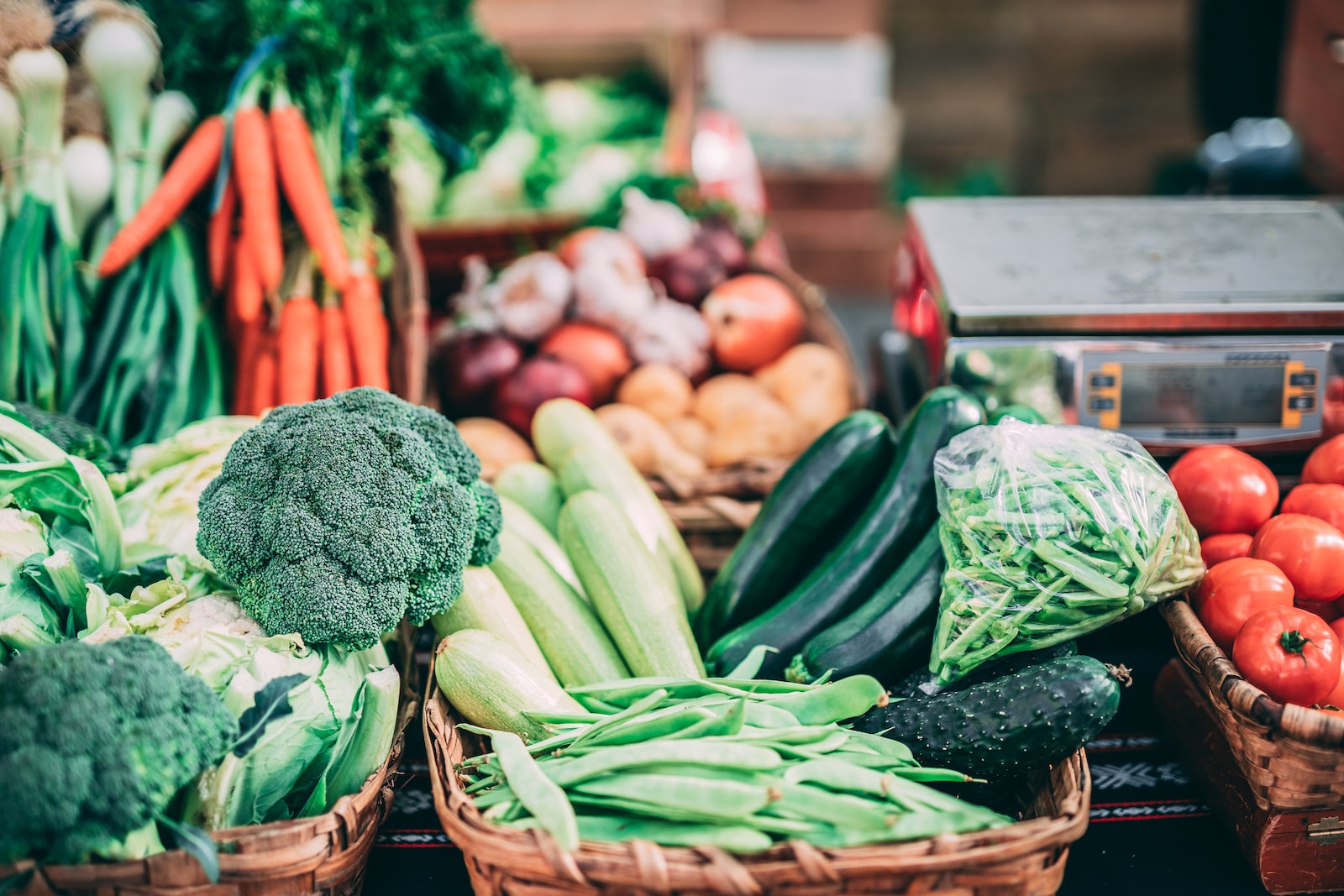In this era rife with processed foods and quick meals, it’s easy to forget the valuable elements that food brings us. Most notably, one of the most overlooked is the star of our digestive systems: dietary fiber. So, let’s put on our detective caps and uncover the incredible Fiber Benefits for our bodies!
The Magic of Fiber: Your Body’s Best Friend
Firstly, let’s burst the bubble on a common myth: Eating fiber-rich food doesn’t simply mean chomping down on cardboard-like fare. Foods high in fiber like fruits, vegetables, whole grains, and legumes are not only delicious but also packed with other essential nutrients.
The primary Fiber Benefit lies in its nature. It’s a plant-based nutrient that, unlike other foods, doesn’t break down as it passes through your gut. It remains mostly intact, performing its ‘magic tricks’ as it goes. These tricks include aiding your digestive health, helping to control blood sugar, and even supporting a healthier weight!
Don’t just take our word for it either, the experts at WebMD agree and delve into the detailed benefits of fiber in a healthy diet.
Decoding the Fiber Benefits: A Close Scan
Fiber comes in two varieties – soluble and insoluble. To get the most out of the Fiber Benefits, both types of fiber should form part of a balanced diet. The soluble fiber, found in foods like oats and beans, helps to slow digestion and can be good for controlling blood sugar levels. The insoluble fiber, found in foods like wheat bran and vegetables, helps to add bulk to your stool and can help food pass more quickly through your system (goodbye constipation!).
What’s more, foods rich in fiber tend to be more filling, so you’re likely to eat less and stay satisfied longer, thereby reducing your overall intake and possibly maintaining a healthy weight! It’s like your digestive system’s best friend indeed, always looking out for you.
How to Embrace the Fiber Benefits?
Incorporating more fiber into your diet doesn’t have to be a chore! Start your day with a fiber-rich breakfast – think whole grain cereal or oats, topped with a handful of fruits and nuts. Snack on fresh fruits or veggie sticks during the day. For dinner, choose a side of whole grains like brown rice or quinoa, or legumes like lentils or black beans.
Also, remember to increase your fiber intake gradually to give your body time to adjust and always pair increased fiber intake with plenty of water to help your digestive system handle the new, improved diet.
Check out this highly informative Wikipedia page for understanding more about dietary fibers!
So, why wait? Embrace the Fiber Benefits and your digestive system will thank you. After all, let’s not forget making your body happy should always be on today’s menu! Happy eating, everyone!



